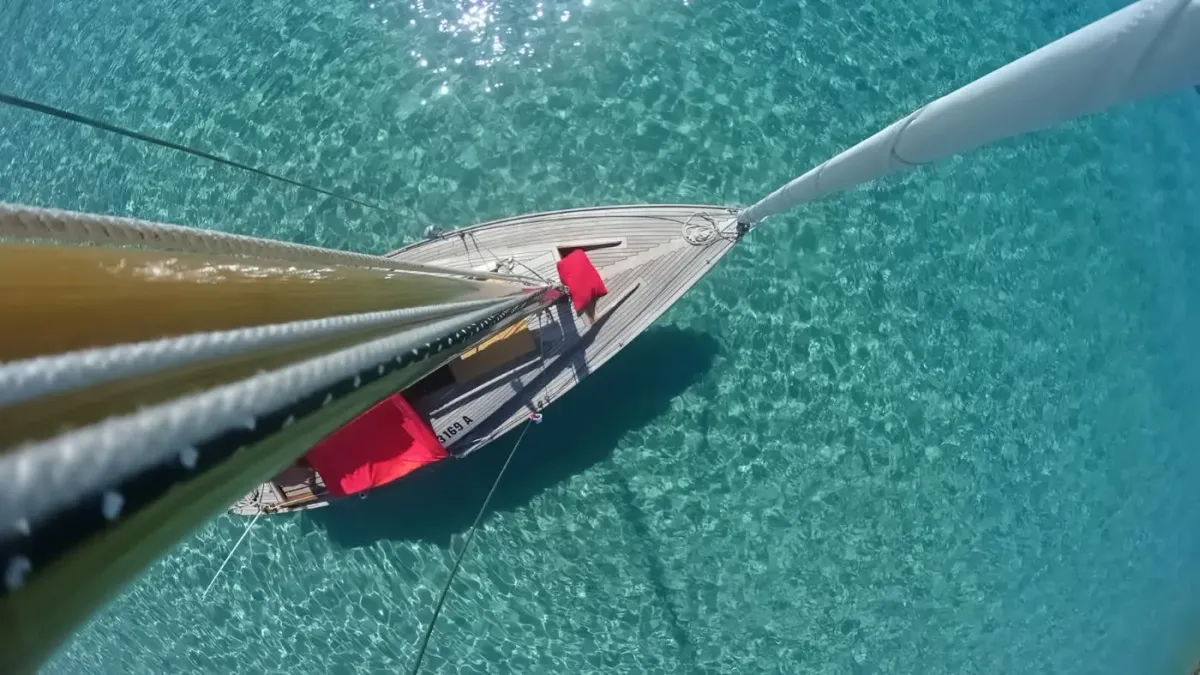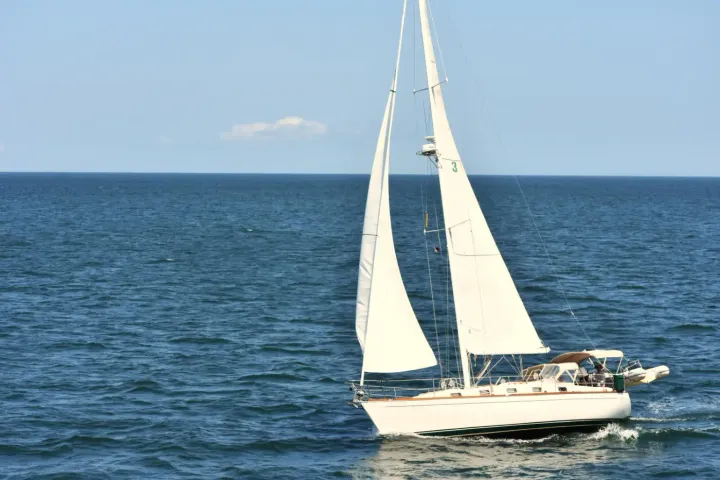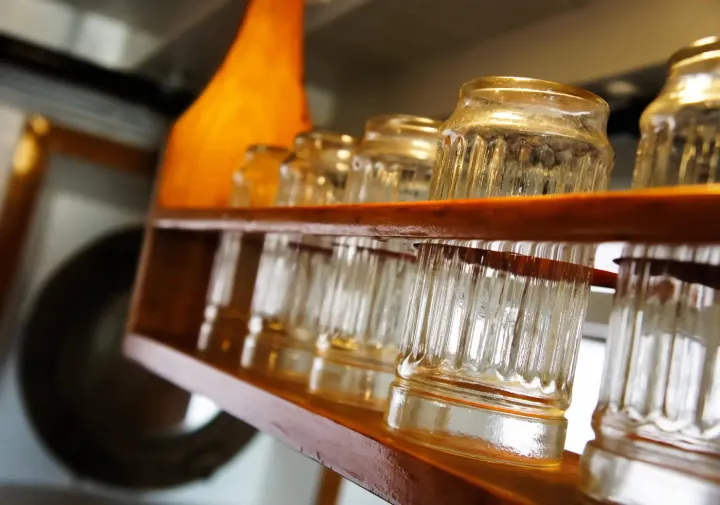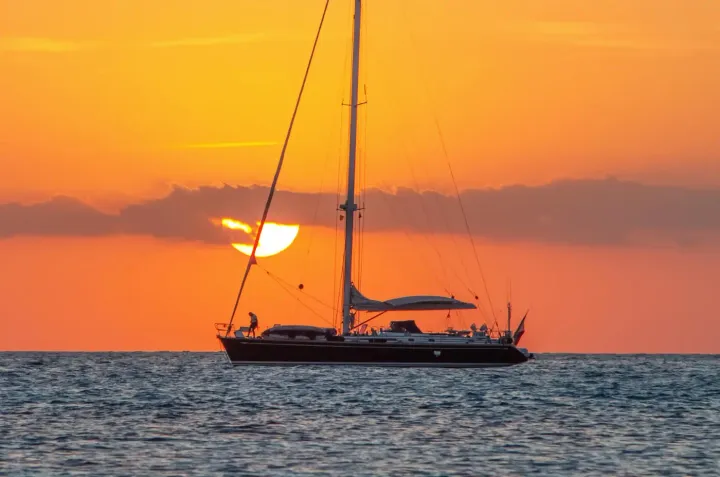Have you ever wondered what is the ideal sailboat size to live on? If so, we’ve got all the answers that you’re looking for.
There are many things to take into consideration when thinking about the ideal sailboat to live on. One of the most important factors is the size of the boat.
Generally, the size that a sailboat would need to be to liveable is around 30ft as a solo sailor, or 35ft to 45ft for two to four people. For a family of six, you should expect that the boat will need to be in the 50ft range.
However, this size depends on multiple factors which we will go into below.
How to Choose the Best Sailboat Size for Living On
When considering how big should a sailboat be to live on, you might first want to physically get onto a boat and compare the different sizes and how they feel.
You will need to experience the size of several different boats in order to understand the sort of size you will need. Once you're onboard, do you feel as though you have enough space for everything you want? Or alternatively, do you think that it's actually a bit too big, and you could do with having less space?
Consider What You Will Need to Survive
Another key factor to consider when trying to choose the perfect boat size is whether or not it has all of the facilities you need.
You will need to consider space for sleeping, for living, and for storing gear: if you plan on kite surfing, SUP-ing, or SCUBA diving then you will need a dedicated space for the equipment.
Along with that, what extra comforts will you need? For example, do you need a washing machine, a freezer, more than one bed?
Note that smaller boats will have less space for cargo and are typically slower - meaning that you will need more space for cargo (namely food and water).
Consider How Size Affects Comfort on the Water
The bigger the boat, the less you will feel rocking and other unpleasant sensations at sea. In four-foot seas, would you rather be thrown about in a 30ft boat, or pleasantly bobbing along in a 50ft boat?
Of course, if you plan on keeping your boat in a marina or protected anchorage then this may not be something that you need to consider. However, if you plan on taking the boat to the seas then the size of the boat and how it reacts to the water is something which will be very important.
Along with viewing boats in person in order to get a feel for the size, see if you can take any potential boats out to see how they feel in different condition.
Note that the beam of a boat will greatly affect how it rocks, and if you have a 35ft monohull which is relatively wide then this would be able to sit almost as steady as a catamaran. Perhaps if you want a smaller boat but don't want to feel as much rocking, a wide boat might be the best option for you.
Consider the Necessary Number of Cabins
One of the main things which will take up space in your boat will be the cabins. If you plan on living on your boat full-time, then you might want to consider going for a larger boat which offers more privacy.
Center cockpits offer the most privacy and the aft cabin usually comes with its own bathroom, making it perfect for families. Smaller boats usually only have a dinette which coverts into a sleeping space and for long periods of time this set-up can be less than ideal.
Other Things to Consider
If you plan on taking your sailboat out to the open water, size is going to come secondary to whether or not it can move you across oceans safely. Some main things that you may want to consider are:
- Is the boat stable and able to right itself after being overturned?
- Does it have a small and well-drains cockpit?
- Does it have clear side decks where you can safely walk around during rough weather?
- Does the base of the mast have a good working area?
- Are there plenty of winches in accessible places?
- Does the boat have a sturdy underwater profile, and will it stay that way in the case of reefs, deadheads, and rocks?
- Are the berths comfortable at sea?Does it have strong sails?
- Is the interior safe, with limited large open spaces and plenty of hand holds?
- Is there a galley where you can cook whilst braved well?
How Big Should a Sailboat Be to Live On?
You should now have some idea of what sort of size you need your sailboat to be to be able to live on. There are advantages and disadvantages for both big and small sailboats, so you will need to consider what you prioritise most.
Whilst a larger boat can offer more comfort both inside the cabin and at sea, there are several downsides for this. For example, one of the main disadvantages of a bigger boat is the fact that it will cost significantly more to purchase and to maintain.
Along with that, a larger boat means that you have larger tanks to fill, and a larger engine with greater fuel consumption. Dock space will cost more and cruising permits are usually charged by size: this all comes together to mean that a bigger boat will cost you significantly more.
However, whilst a smaller boat will be cheaper, you will have less storage, less amenities, and less living space: all things that you are going to appreciate having if you live on a boat long-term.
Plus, a smaller boat is more likely to struggle with handling high seas, and they have smaller engines so will run slower. Plus, smaller boats are unsuitable for dinghy davits.
Final Thoughts
However, it should be noted that size isn't everything - great things have been accomplished in boats which are only 18ft long.
Whilst you should absolutely bear size in mind, it is equally as important to choose a boat with a good build, and as a place which you can see yourself living. If you can't imagine making the boat your home, then it is not the right size for you.



